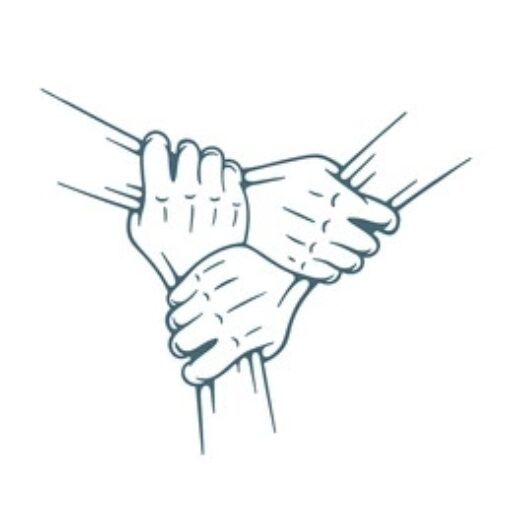
How does the Napier Grass Feeding System and Press Roll (Dewatering) Technology improve biomass pellet production efficiency?
Revolutionizing Napier Grass Processing for Biomass Pellet Plants by PelletIndia.com
Introduction
As biomass energy takes the forefront of sustainable energy solutions, Napier Grass is emerging as a powerful feedstock due to its high yield and versatility. Servoday has developed two revolutionary technologies to streamline Napier Grass processing:

These innovations are designed to enhance efficiency, reduce operational costs, and increase the productivity of biomass pellet plants, ensuring Napier Grass becomes an even more viable and profitable resource for renewable energy.
1. Automated Napier Grass Feeding System
Overview:
The Automated Napier Grass Feeding System is an advanced solution for biomass processing. It automates the delivery of fibrous raw materials like Napier Grass into biomass pellet plants, eliminating blockages, ensuring a consistent flow, and reducing the need for manual intervention.
Key Features:
- Capacity: Up to 10 tons per hour
- Automation: Equipped with smart sensors for continuous, blockage-free feed
- Customizable Feed Rates: Adjust flow based on production needs
- Heavy-Duty Design: Built with corrosion-resistant stainless or mild steel for industrial environments
- Minimal Maintenance: Long-lasting components reduce downtime and operational disruptions
Benefits:
- Efficiency: Optimizes material handling, ensuring uninterrupted operations for large-scale biomass production
- Cost Reduction: Automation minimizes labor costs, improves overall productivity
- Versatility: Ideal for processing a variety of fibrous biomass, including Napier Grass
Applications:
- Biomass Pellet Production: Ensures consistent feed of raw materials into biomass processing systems
- Biofuel Production: Aids in processing Napier Grass for biofuel development
- Agricultural Waste Management: Effectively handles various fibrous agricultural residues
2. Napier Grass Press Roll (Dewatering Technology)
Overview:
Our press roll technology is designed to dewater Napier Grass efficiently, preparing it for downstream processes like pelletization. With a capacity of up to 10 tons per hour, this system optimizes moisture removal, enhancing the quality and energy efficiency of biomass products.
Key Features:
- Moisture Removal Efficiency: Extracts moisture from Napier Grass upto 30% for further processing
- Robust Design: Built for durability and consistency in high-demand industrial operations
- Capacity: Handles up to 10 tons of Napier Grass per hour
- Adaptability: Suitable for both small-scale and large-scale biomass operations
Benefits:
- Energy Efficiency: Moisture removal enhances the calorific value of the biomass, making it more energy-efficient for combustion or pelletization
- Cost-Effective: Reduces drying time, leading to faster production cycles
- Operational Flexibility: Adjusts to varying moisture content in the raw material
Applications:
- Pellet Production: Prepares Napier Grass for efficient pelletization by reducing moisture content
- Bioenergy Facilities: Optimizes feedstock for energy generation
- Agricultural Waste Processing: Converts agricultural residues into high-quality biomass materials
Combining the Automated Napier Grass Feeding System and Press Roll (Dewatering Technology) creates a seamless, end-to-end solution for biomass processing, providing multiple advantages:
- Higher Throughput: Continuous feeding of dewatered Napier Grass ensures steady input into pellet plants, maximizing production rates.
- Increased Energy Efficiency: Dewatered feedstock improves the calorific value of biomass, reducing energy consumption during pelletization.
- Reduced Labor & Maintenance Costs: Automation across feeding and moisture removal drastically reduces manual intervention, leading to long-term cost savings.
- Streamlined Operations: Consistent feeding and optimal moisture levels lead to fewer interruptions and higher-quality pellets, improving overall operational efficiency.
Operational Cost Benefits:
- Low Maintenance: Heavy-duty components ensure minimal wear and tear, reducing the need for frequent repairs.
- Energy Efficiency: Dewatering reduces the drying energy required, lowering operational costs.
- Labor Efficiency: Automation decreases dependency on manual labor, allowing a leaner workforce to manage large-scale operations.
Conclusion:
The Automated Napier Grass Feeding System and Napier Grass Press Roll (Dewatering Technology) together offer a ground breaking solution for Napier Grass processing, improving efficiency, lowering operational costs, and driving sustainability in biomass energy production.
By implementing this innovative system, industries can optimize their biomass pellet production, reduce energy waste, and contribute to a more sustainable future.
Contact Us for More Information
Servoday Plants & Equipments Limited
Phone: +91 9427210483
Email: sanjay@servoday.in
Web: www.PelletIndia.com

